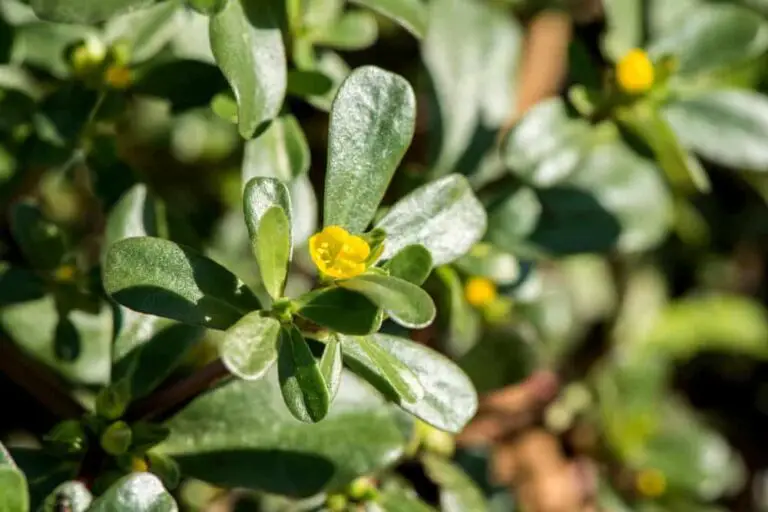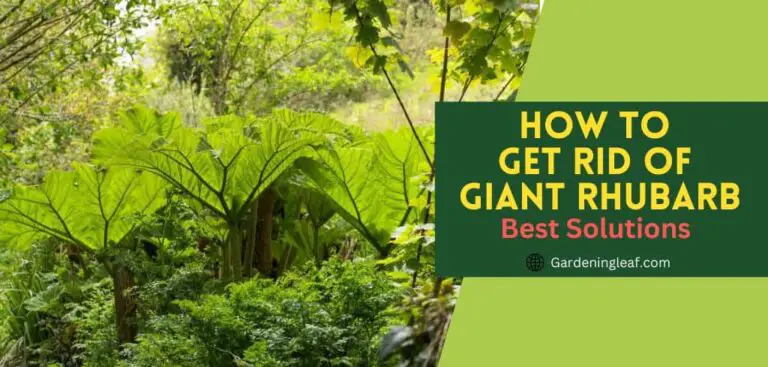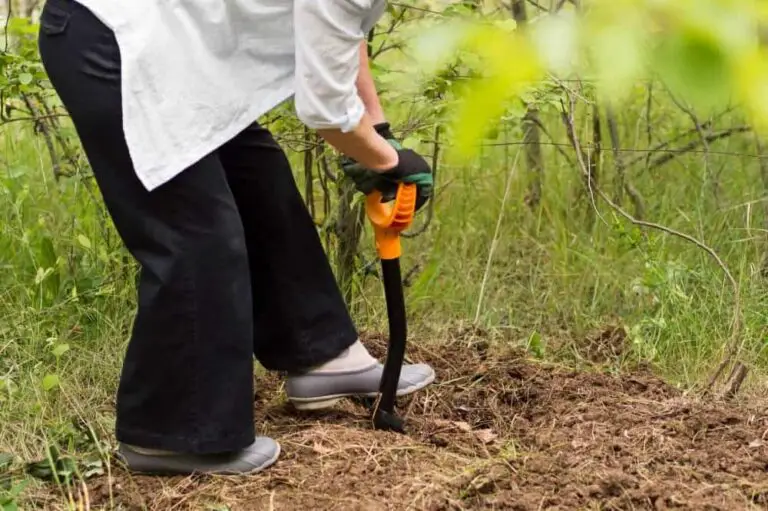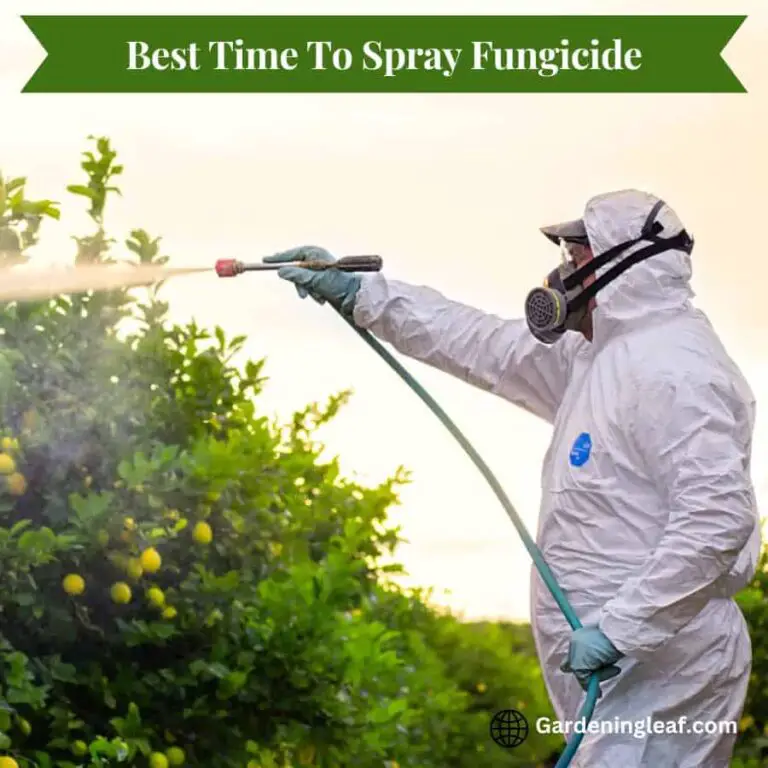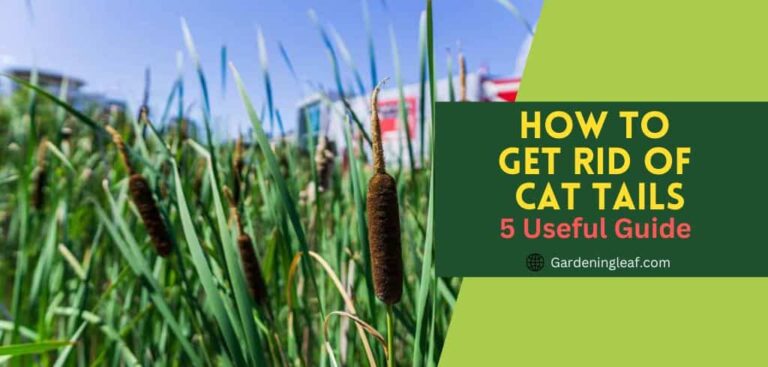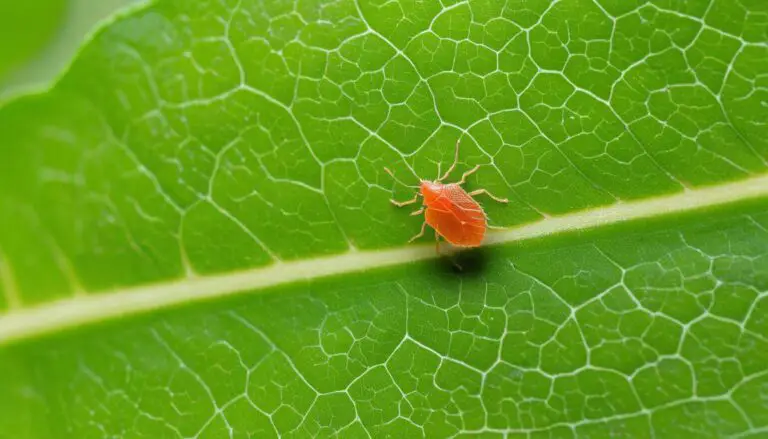How Do I Get Rid of Spittlebugs on Plants: Essential Tips
If you are an avid gardener, you must have faced the problem of spittlebugs. They may appear harmless. But these troublesome insects can inflict significant harm on your plants. They extract sap from the plant and release a foamy substance. That can impede photosynthesis and hinder the growth of the plants.
In this blog, we will give you a complete guide on how do i get rid of spittlebugs on plants. We’ll begin with an overview of spittlebugs and their life cycle. Then, we’ll show you how to identify them on your plants and understand their impact on your garden.
Understanding Spittlebugs: An Overview
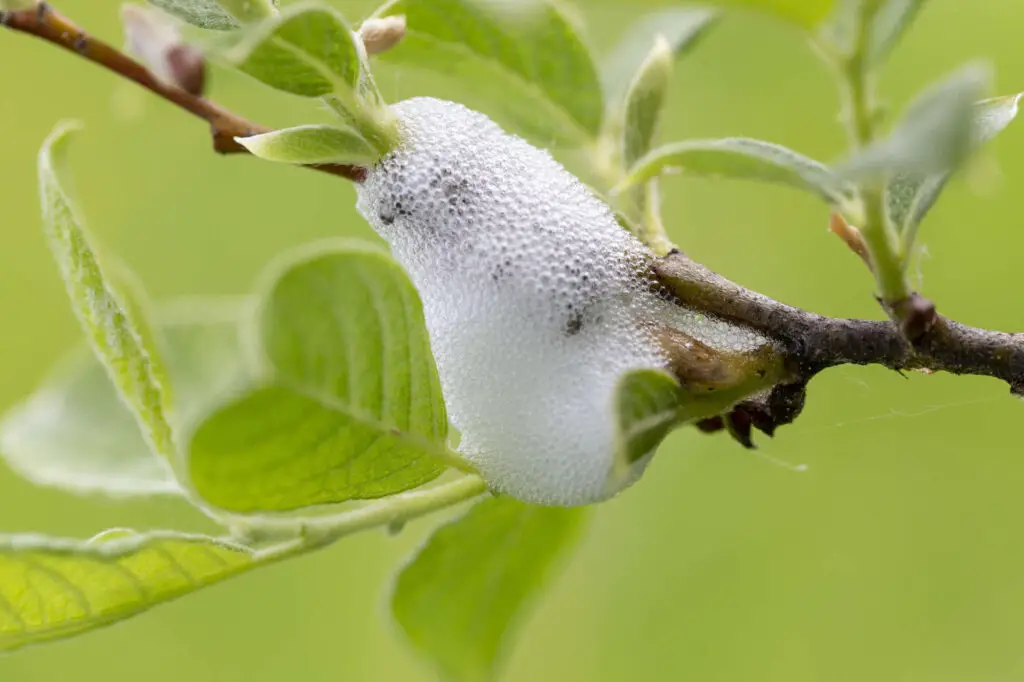
Spittlebugs, also known as Philaenus spumarius or meadow spittlebugs. They are small insects that create a foamy substance to protect themselves. They can be found on garden plants, shrubs, and ornaments.
Spittlebugs cause minimal damage. However, extensive infestations can potentially impact your plants’ well-being negatively. These insects go through a life cycle that includes nymphs and adults.
How DO I Get Rid of Spittlebugs On Plants: Effective Strategies
When it comes to getting rid of spittlebugs on plants, you can try several effective strategies.
Removing by Hand or Hose
Manual removal is a simple yet effective method for removing spittlebugs on plants. To do this, use a garden hose with a strong blast of water to dislodge the foamy substance from plant stems and leaves.
Wear eye protection and direct the stream of water toward the spittlebug foam while minimizing damage to plants. If you see spittlebug masses, you can remove them from the plant with a gloved hand or a stick.
Creating a Soapy Foam Solution
Creating a soapy solution using liquid soap, water, and a spray bottle. It can also help control the infestations. This solution can be sprayed on the affected plants, targeting the spittlebug foam. The soap acts as a natural pesticide, suffocating and killing the insects. Be sure to coat the foam with the soapy solution for most effectiveness.
Encouraging Natural Predators
Natural predators play a crucial role in controlling spittlebug populations. Predatory insects like mantises, ladybugs, lacewings, and predatory wasps feed on these pests. Birds such as sparrows, swallows, and robins include spittlebugs in their diet. Timing is crucial. Spraying insecticides during the nymph stage in September, October, or April can provide optimal control.
Non-Toxic Pesticides
If manual removal and soapy solutions have yet to yield the desired results. You may consider using non-toxic pesticides as a last resort. Botanical insecticides are derived from plants. Such as neem oil or insecticidal soap. They control spittlebug infestations. These products are safe for plants and the environment. Yet, it is essential to follow the guidelines provided by the manufacturer when using it.
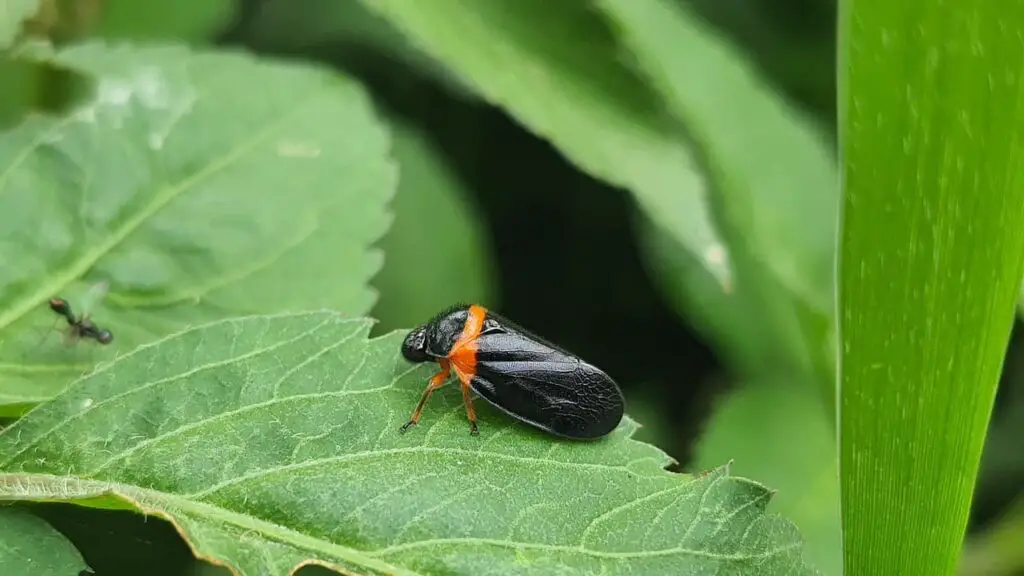
The Life Cycle of a Spittlebug
Spittlebugs are also known as Philaenus spumarius or meadow spittlebugs. Go through a complete metamorphosis consisting of three stages: eggs, nymphs, and adults. Spittlebug Nymphs emerge from the eggs and begin to feed on plant sap.
To protect themselves, they produce a foamy substance called spittle. As the nymphs grow, they molt many times before reaching adulthood. Adult spittlebugs, identified by their large red eyes, can cause much damage to various plants.
They lay eggs, continuing the life cycle of spittlebugs. Gardeners should be aware of these little creatures and take necessary measures to control their infestations.
How to Identify Spittlebugs on Your Plants?
To identify spittlebugs on your plants, look for a foamy substance resembling spittle on the stems and leaves. These small insects are usually less than an inch long and have red eyes, hind legs, and various colors, depending on the species. Check plant debris, leaf litter, and broadleaf weeds, as they are often found there. Inspect plants regularly, especially during the nymph stage.
One of the signs of spittlebug infestation is the presence of a foamy spittle covering plant stems and leaves. Spittlebugs feed on plant sap, resulting in minimal damage, like stunted growth.
Keep an eye out for small numbers of nymphs, adult froghoppers, or spittlebug foam on your plants. Examining your plants for leafhoppers, sap, or pest control issues is also essential. As they can attract other insects. If you notice significant damage, such as yellowing or wilting. It may indicate a more significant infestation of spittlebugs.
Also Read :- Expert Advice What to spray on pumpkins for bugs
The Impact of Spittlebugs on Plants
Spittlebugs can harm plants. It causes stunted growth, yellowing or leaf wilting, and a decline in plant health. The frothy spittle they create can also provide an ideal breeding ground for fungi. Which causes more harm to the plant.
Not only can spittlebugs cause direct damage, but they can also lure other pests into your garden. Leafhoppers and other insects are often drawn to the sugary secretions left behind by spittlebugs, causing even more harm to your plants.
How to Prevent Spittlebugs from Returning?
To prevent spittlebugs from returning, there are a few steps you can take.
- To reduce the presence of spittlebugs, keep your garden clean and debris-free. Remove leaf litter and plant debris where they tend to hide.
- Practice good plant hygiene by removing weeds and unwanted vegetation around your plants. Spittlebugs lay their eggs on broadleaf weeds, so eliminating them disrupts their life cycle.
- Another effective prevention method is encouraging natural predators of spittlebugs in your garden.
- Regular monitoring of your plants.
Which plants are prone to spittlebug infestations?
Yes, spittlebugs prefer plants in the rose family, such as roses, raspberries, and strawberries. They also commonly infest plants in the mint family, like spearmint and peppermint. Keeping an eye on these plants and taking preventive measures can help reduce spittlebug infestations.
Also Read :– Conquering Tiny Silver Bugs in Houseplant Soil
Conclusion
Following the above advice, you now understand how to get rid of spittlebugs on plants. Eliminating spittlebugs from plants is a simple task that requires carefulness and prompt action upon spotting them.

